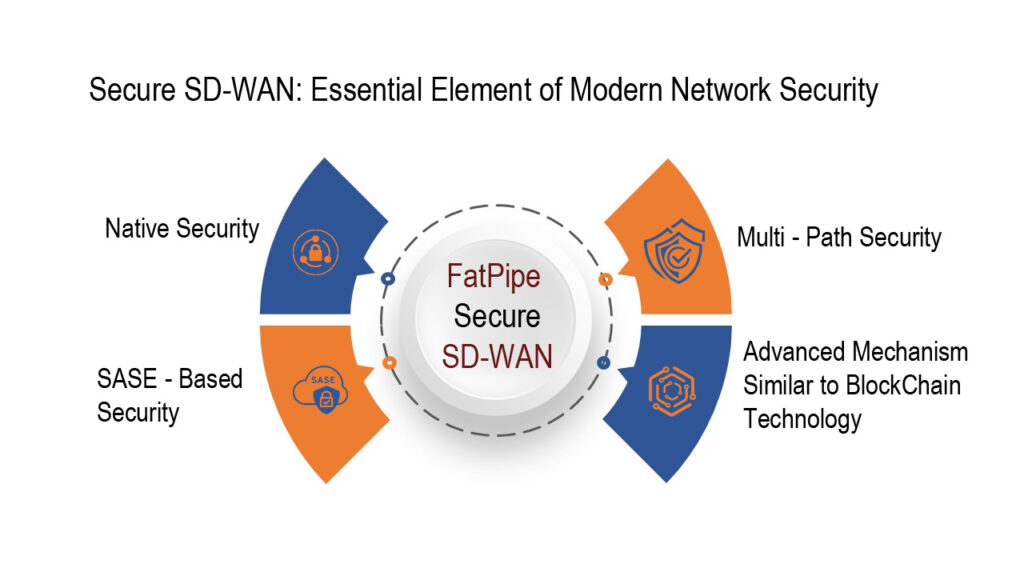Managed SD-WAN Continues to Gain Traction
Fully managed SD‐WAN service is the choice of customers as the complete deployment and management of the end-to-end SD‐WAN solution with proactive issue resolution is taken care of by the Managed SD-WAN provider. Managed SD-WAN provides a centralized control center that actively oversees the network’s edge devices, enabling real-time detection of anomalies or performance issues. By swiftly identifying and addressing these concerns, Managed SD-WAN ensures continuous network stability, security, and optimal performance, serving as the backbone for the reliability and seamless operation of corporate infrastructures.
Managed SD-WAN services offer several key benefits across the U.S. in terms of providing proactive network monitoring and network health and performance alerting:
1.Continuous Monitoring
Ensures proactive monitoring of the network. This continuous surveillance allows for early detection of potential issues, enabling prompt resolution before they escalate and affect network performance. By actively overseeing the network, these services can identify patterns, anomalies, or deviations from the norm, helping to maintain network health.
2. Proactive Issue Resolution
Helps detect and address potential issues before they impact the network. This approach minimizes downtime and optimizes network performance, as issues can be dealt with swiftly, often before end-users notice them.
3. Enhanced Security Measures
Ensures network performance and assists in the early detection of security threats or breaches. Alerting systems signal security issues promptly, enabling immediate action to mitigate potential risks and strengthen the network’s defenses.
4. Deep Analytical Reports
Provides deep analytical reports such as link-wise applications, data segregation, Quality of Service reports, etc. These reports are presented in easy- easy-to-understand charts and tables with associated dashboards and flexibility to summarize the report in the desired format. It also provides timely notifications and alerts and ensures that the responsible team is immediately informed of any irregularities or potential problems, enabling rapid responses to rectify issues before they affect the network’s health or performance.
5. Focus on Core Business Functions
Allows us to focus more on core business operations. With experts managing network health and performance, internal IT teams can direct their efforts toward strategic initiatives and essential business tasks rather than day-to-day network monitoring.
FatPipe Managed SD-WAN services perform proactive network monitoring and network health and performance alerting to identify and address issues in real-time promptly using cutting-edge tools like Symphony Orchestration and Enterprise View 2.0 TM. This is helpful in the detection of performance bottlenecks, security threats, or connectivity problems, enabling organizations to take immediate action, maintain network reliability, and provide a seamless user experience. Clear communication and expectation setting, equipped with robust, proactive monitoring, help in transparent engagement and manage customer expectations. Redundancy strategies and swift, responsive support mechanisms ensure reliability, a user-focused approach provides enhanced customer satisfaction, and continuous improvement underscores the commitment to overcoming external challenges.




 SD
SD